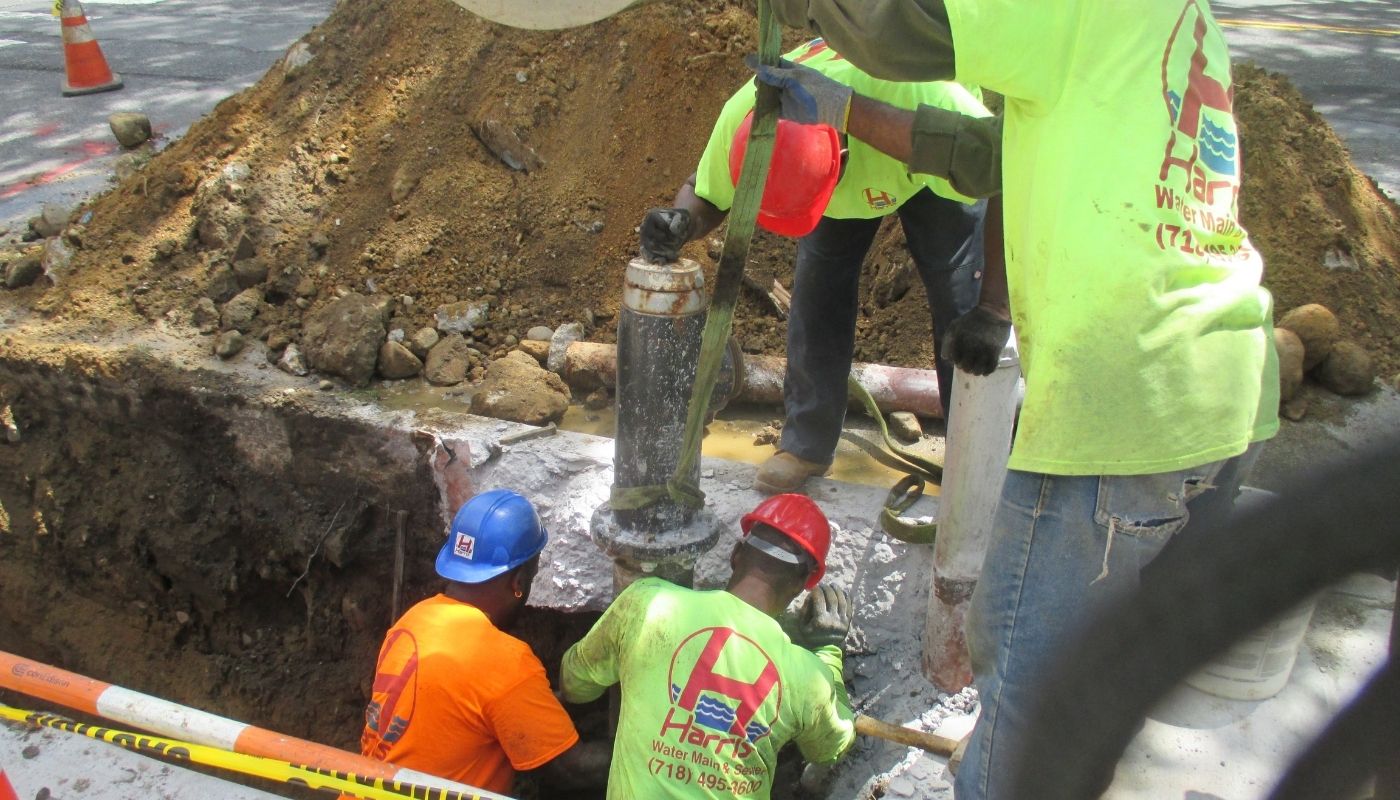Firefighting has been around for as long as humans have lived in towns, villages, and cities. From fire cauldrons and cisterns that supplied bucket brigades to the modern hydrants that are more brightly colored, this brief history of the fire hydrant explains how fire plugs transformed into the modern, cast iron versions we see today.
Why Are Hydrants Sometimes Called Fire Plugs
Back when city water mains were made of hollow logs, volunteer firefighters would dig down to the main and bore a hole in the pipe, releasing water into the that they would then pump out to use on a fire. Once the fire was out and the water no longer needed, the firefighters would close the hole with a wooden plug.
The city of London replaced water mains after the catastrophic fire of 1666, using pipes with pre-drilled holes and fire plugs that reached above ground level. By the next century, cities began to replace the wood plugs with valves. Portable standpipes could be inserted into the valve plugs. This kind of ground-level valve and standpipe attachment is still in use in many European countries and the UK.
The First Patent on a Fire Hydrant
Credit for the first pillar-style fire hydrant belongs to Frederick Graff, who was the chief engineer of Philadelphia’s waterworks. His invention, which dates back to about 1801, stood above ground with a hose and valve combination at the top. These standpipes were often covered with wood, and the space within the wood was filled with sawdust or manure as a form of insulation. Unfortunately, the pipes had water in them at all times, in what was called a wet barrel design, and were still susceptible to freezing in the winter despite these crude efforts at insulation.
The patent office burned down in 1836, so there is no way of knowing if Graff was ever awarded a patent. In 1838, a Baltimore man named John Jordan received a patent on a design that used an extra valve at the bottom of the pipe, so it could drain completely after use and avoid freezing.
Although Philadelphia had cast iron hydrant covers by 1811, the history of the fire hydrant still continued to evolve. In the mid-19th century, the cast iron fire hydrant as we now know it became available. Called the Matthews hydrant, this model had a spring mechanism that opened a drain valve when the hydrant was shut off after fighting a fire to prevent freezing.
Modern hydrants come in both the dry Matthews style and, in areas where freezing isn’t an issue, a wet barrel style that is always fully charged with water. Hydrants are painted different colors to indicate whether they are on public or private property, the flow rate of the water that will come out of the hydrant, and whether the hydrant is working or defunct.
In New York City, a fire hydrant installation company must be licensed to perform that type of work. The installation must comply with city regulations and pass inspection from the Department of Environmental Protection. When a new hydrant is installed, a DEP inspector is present throughout the project.





















